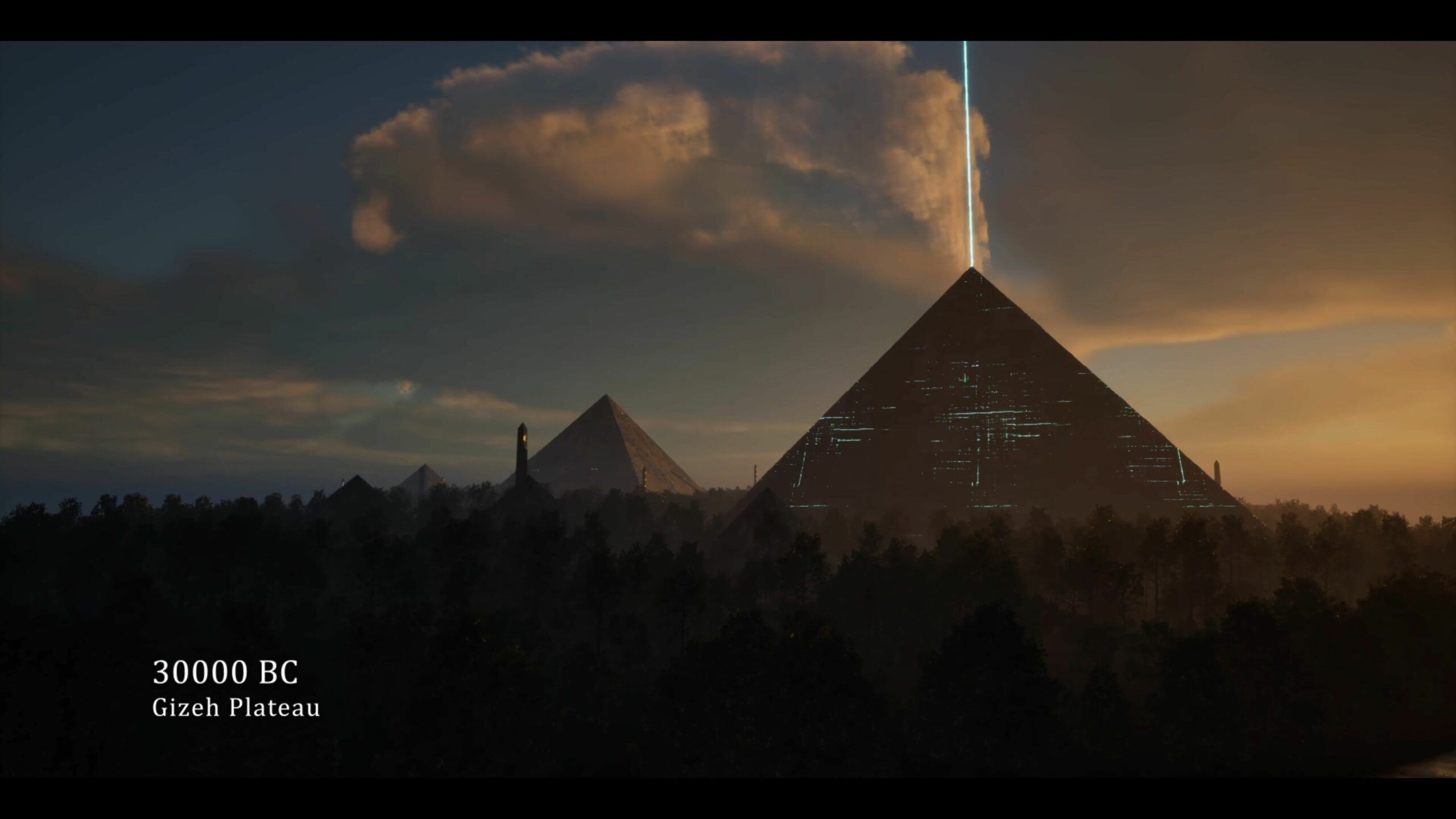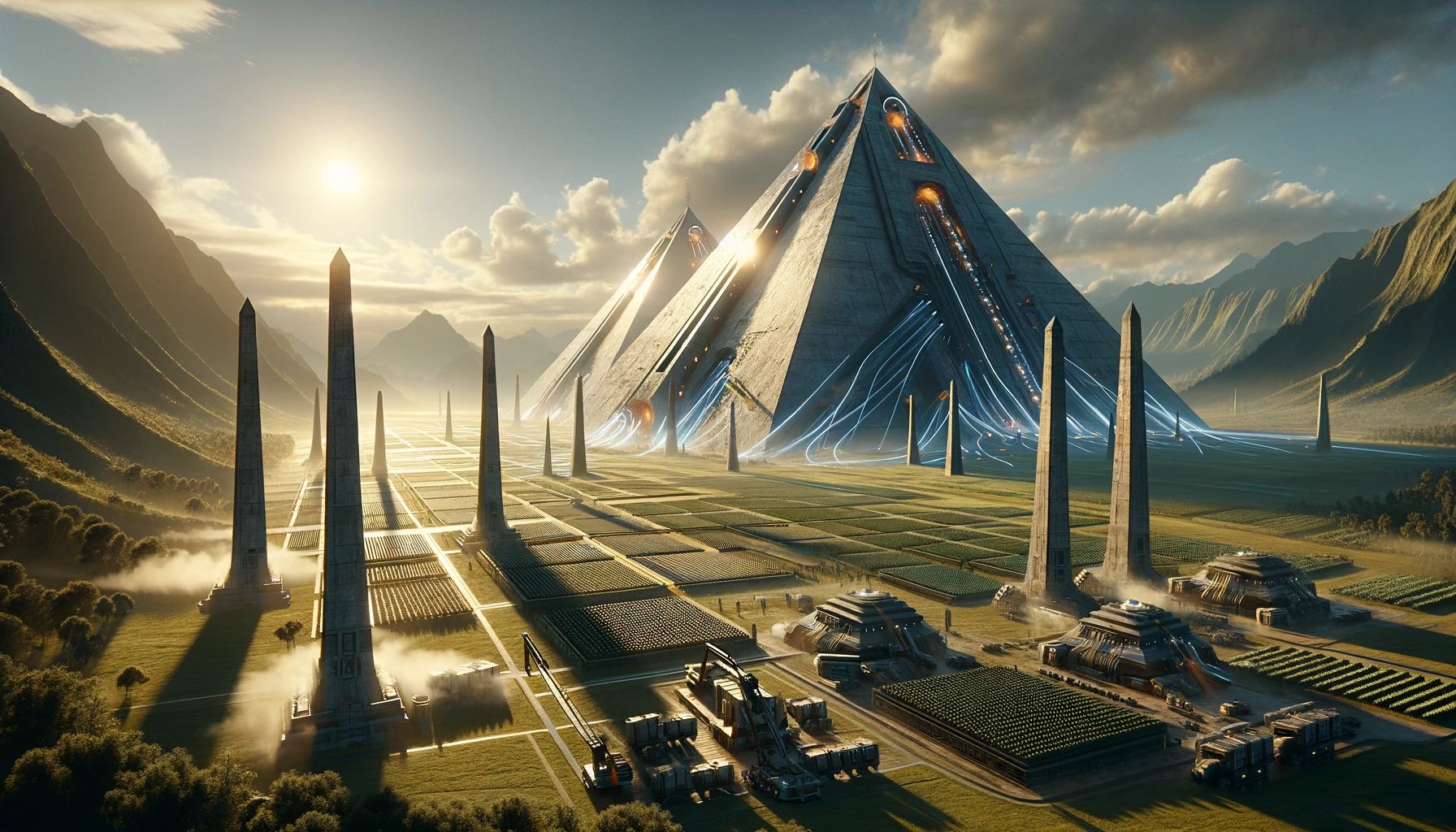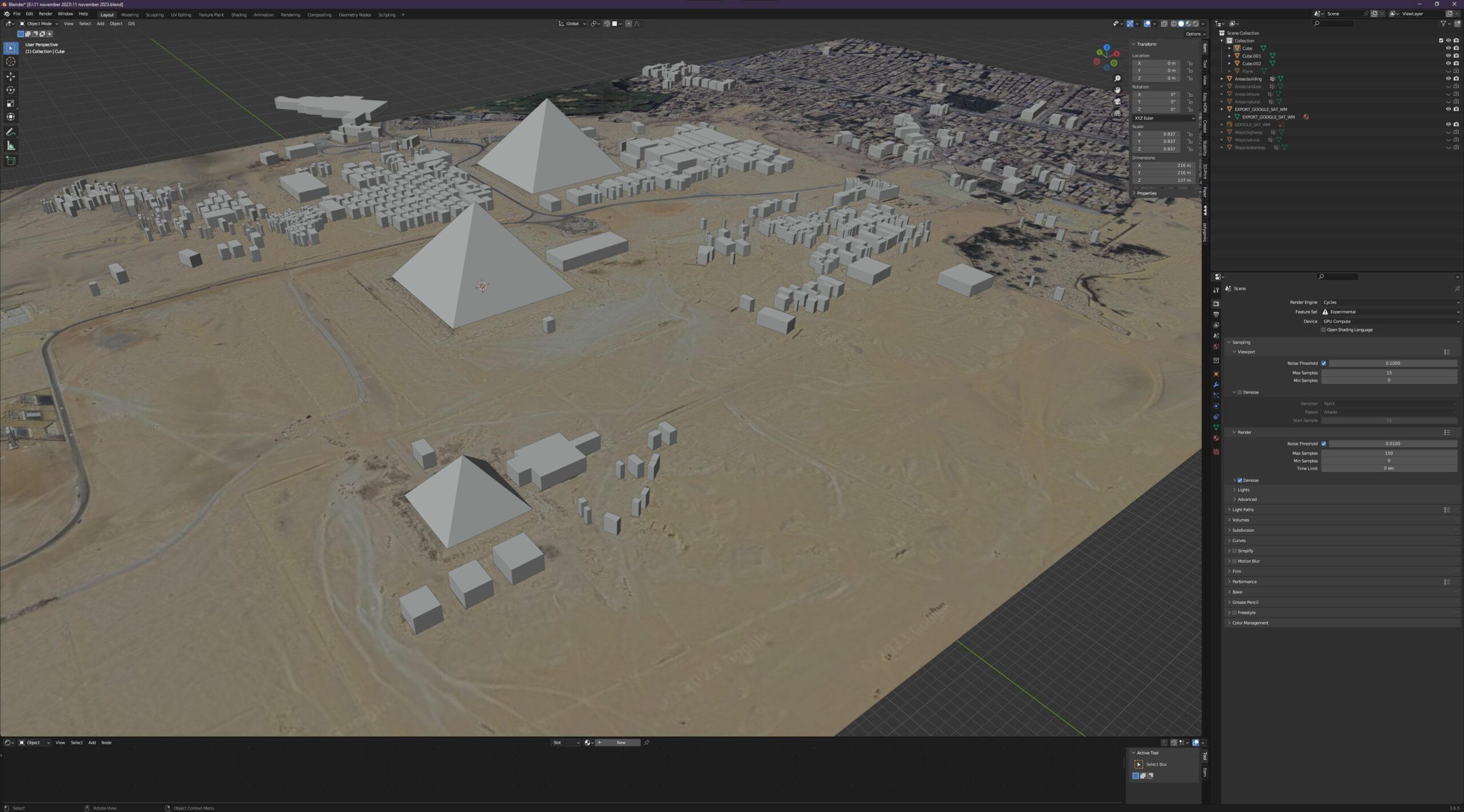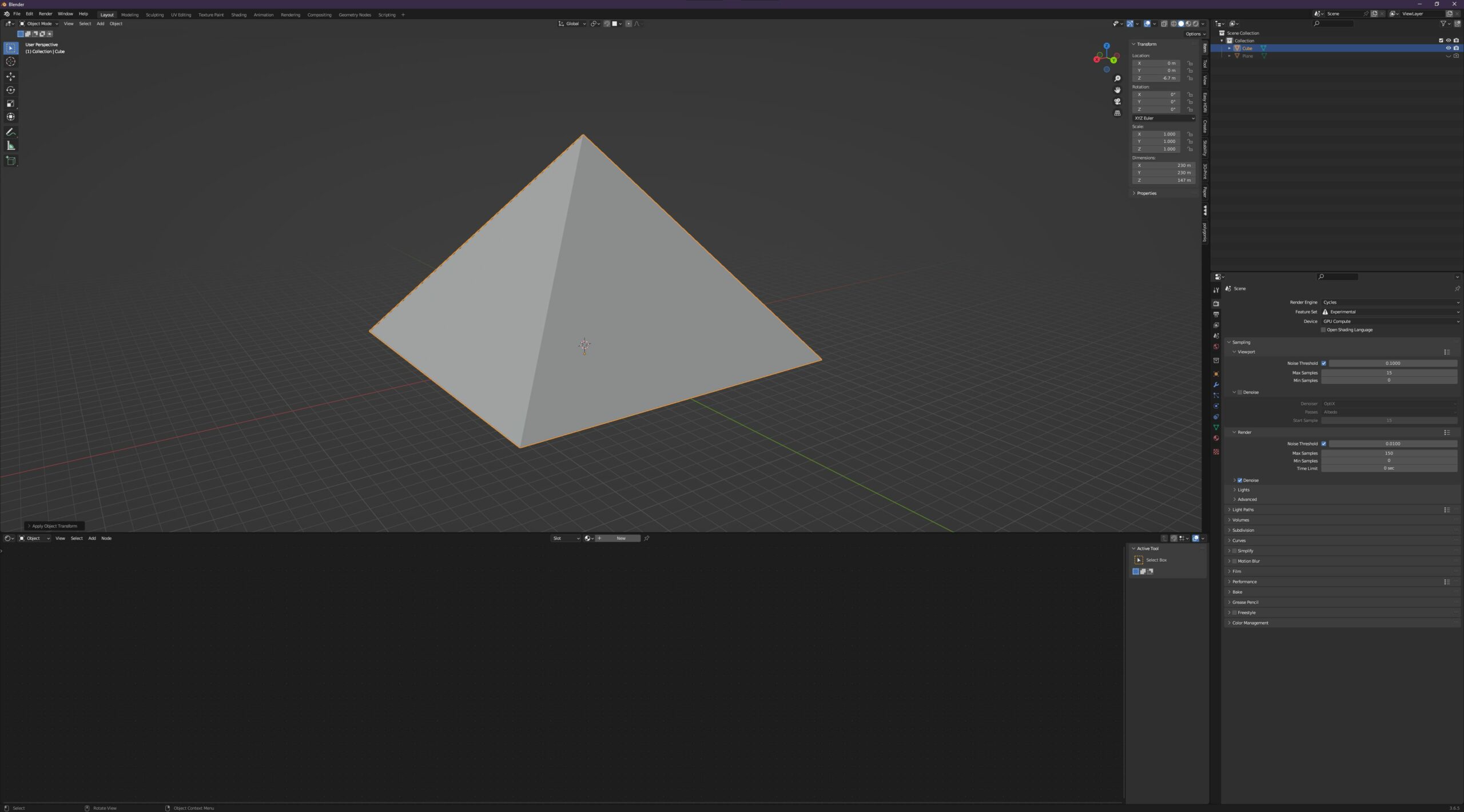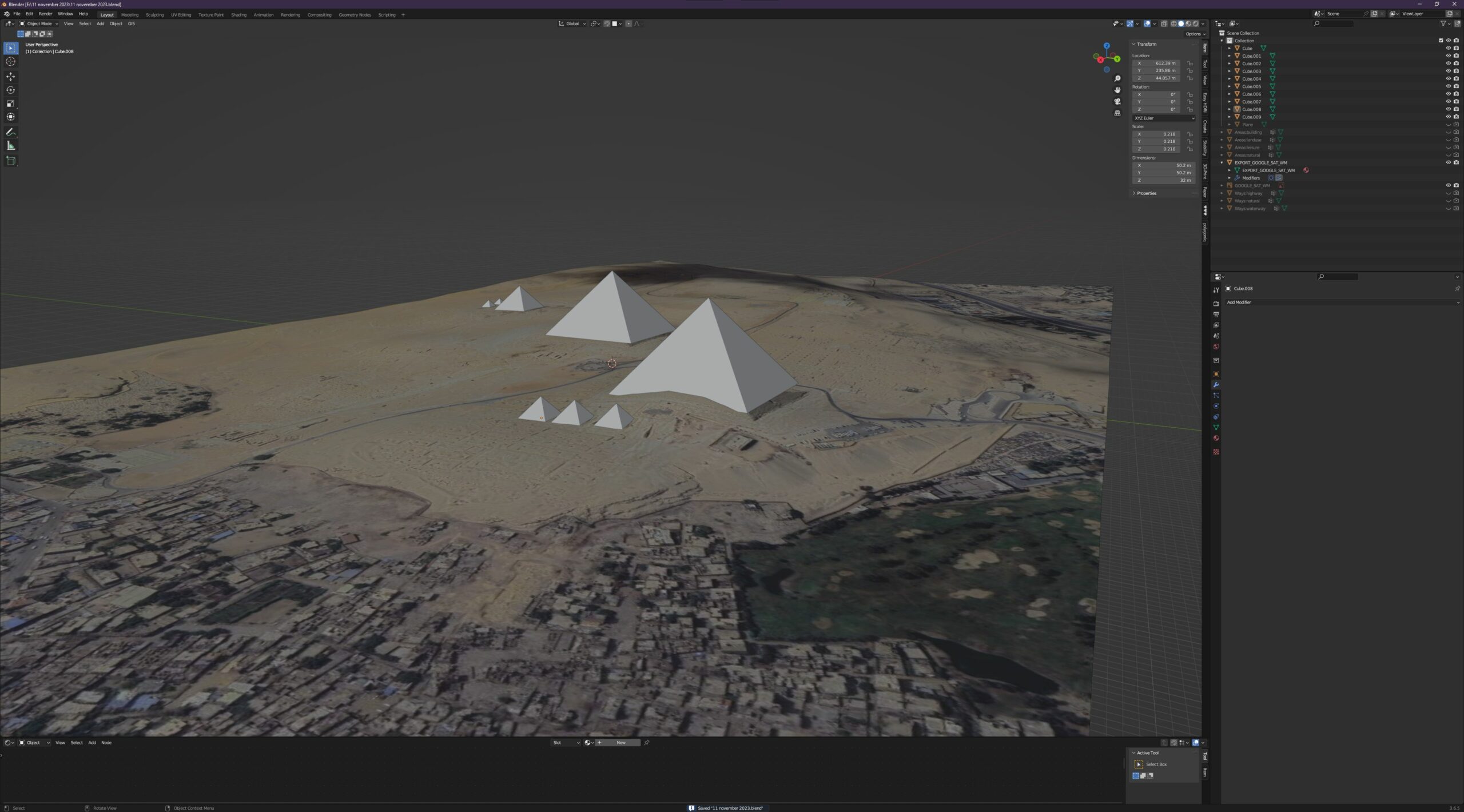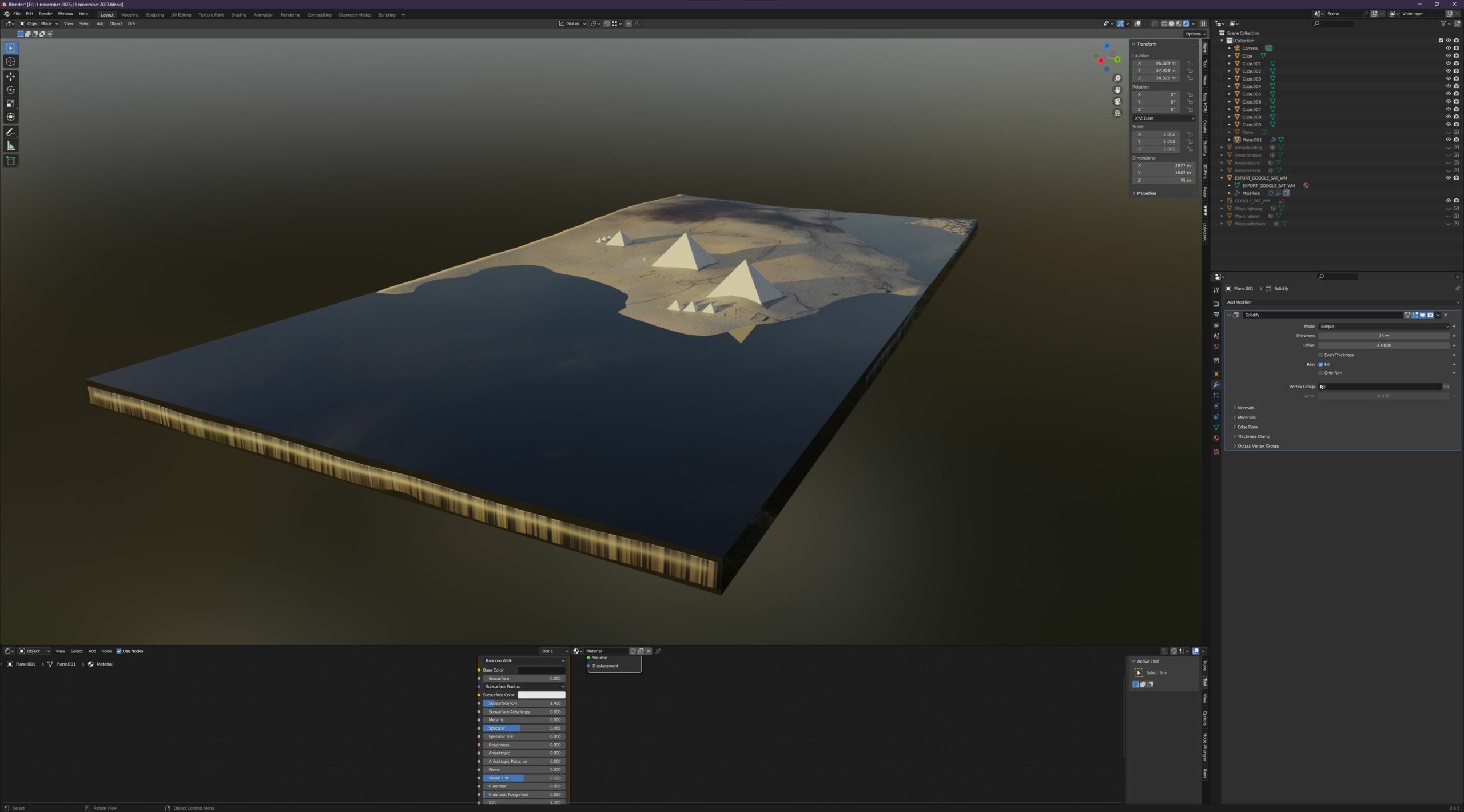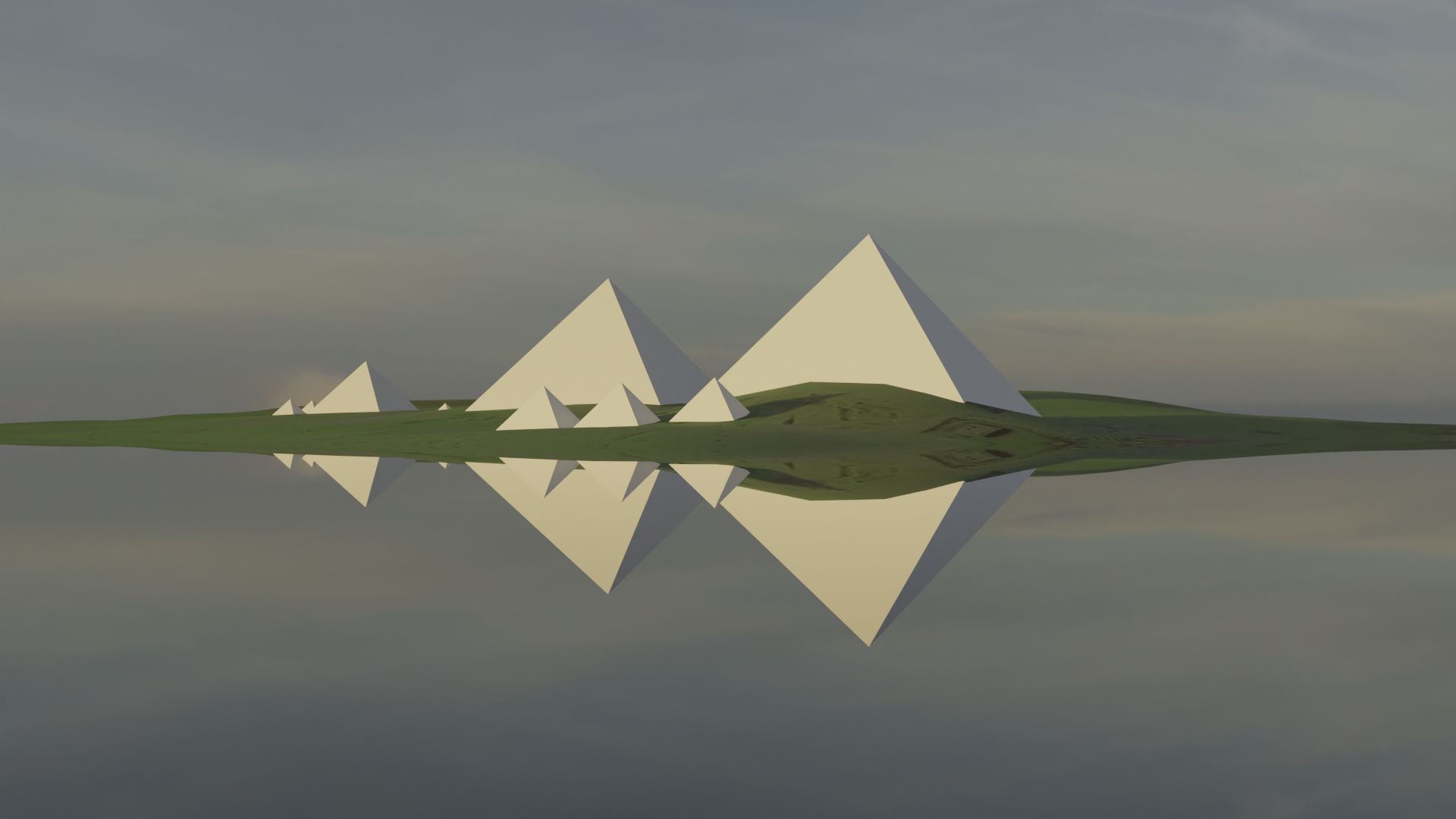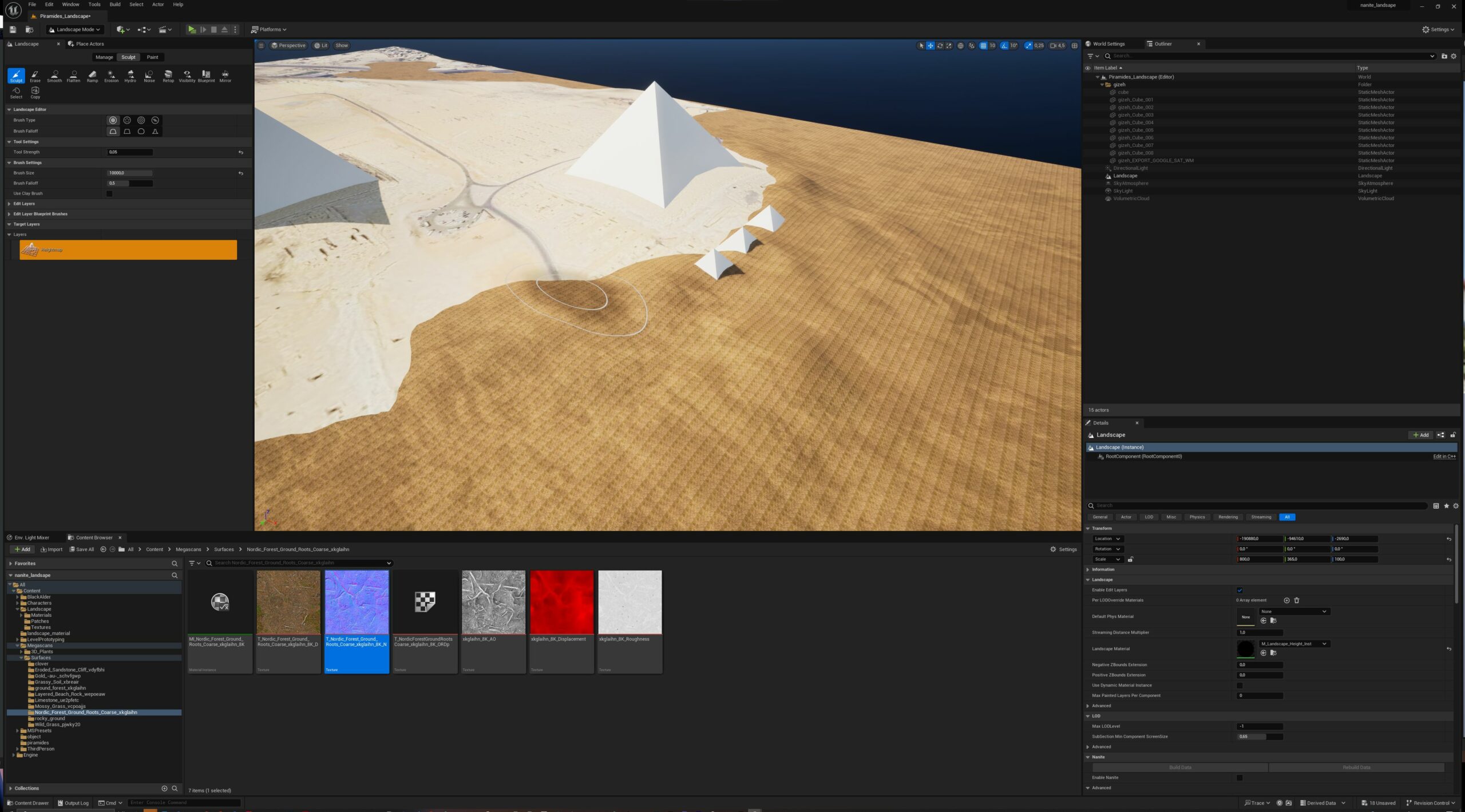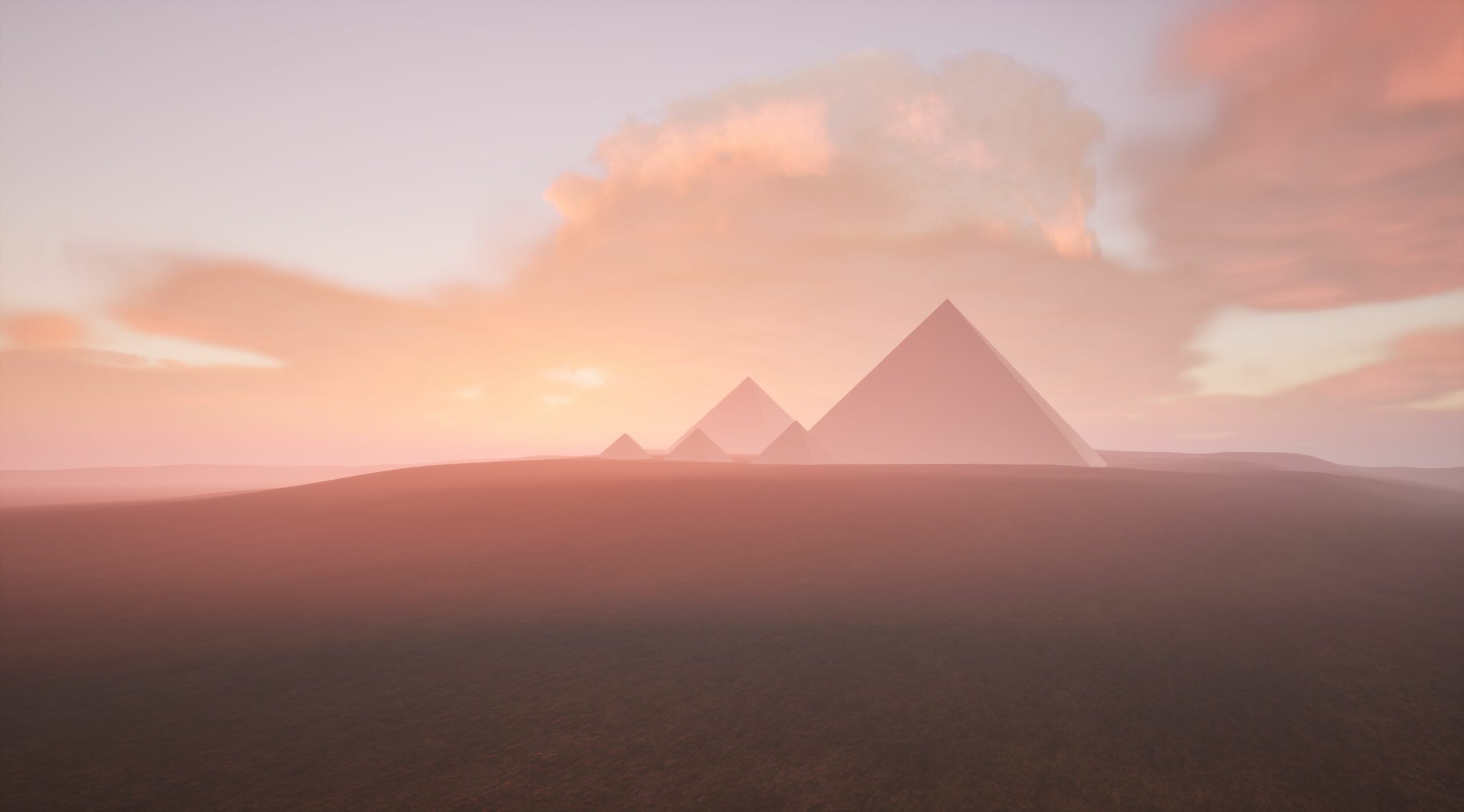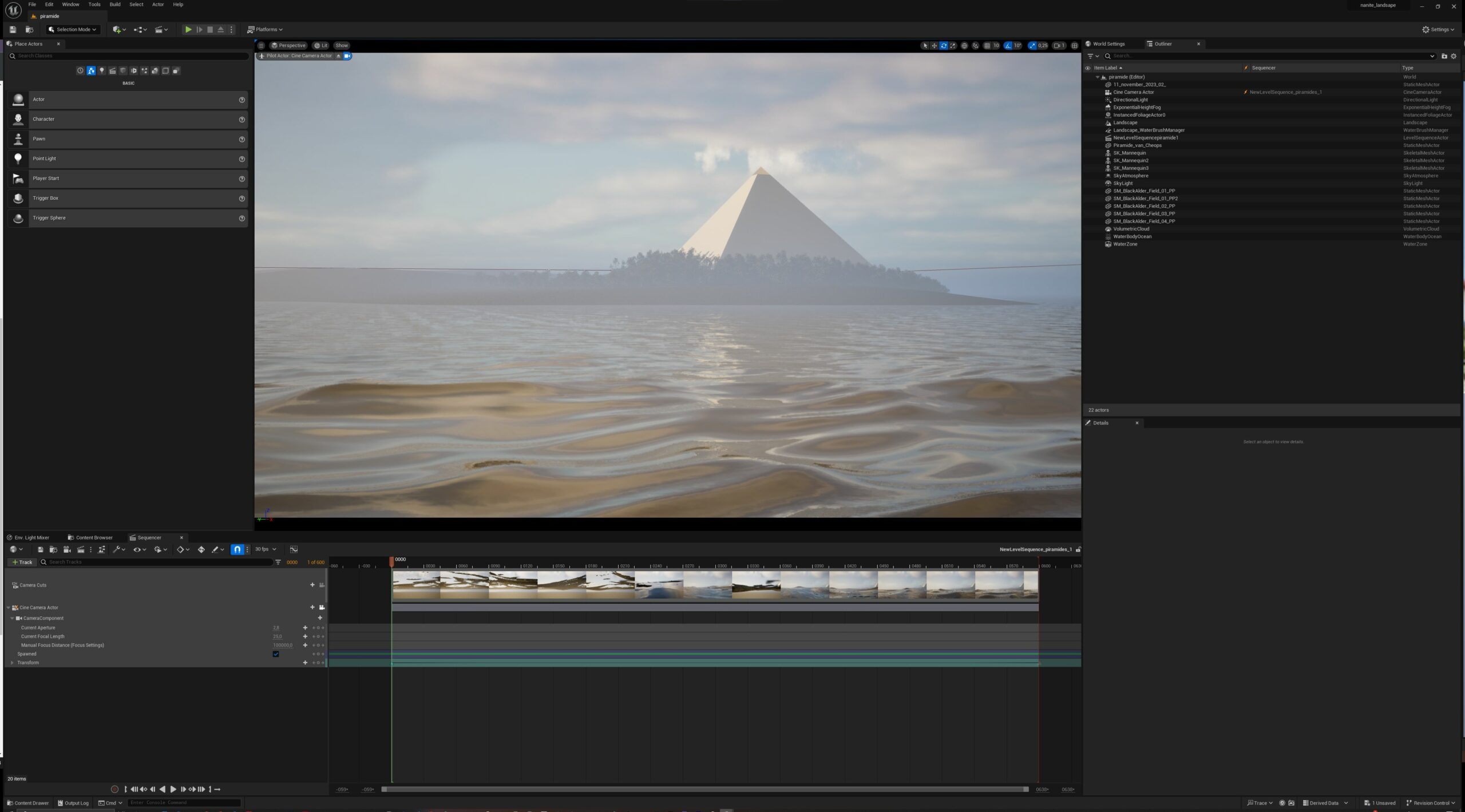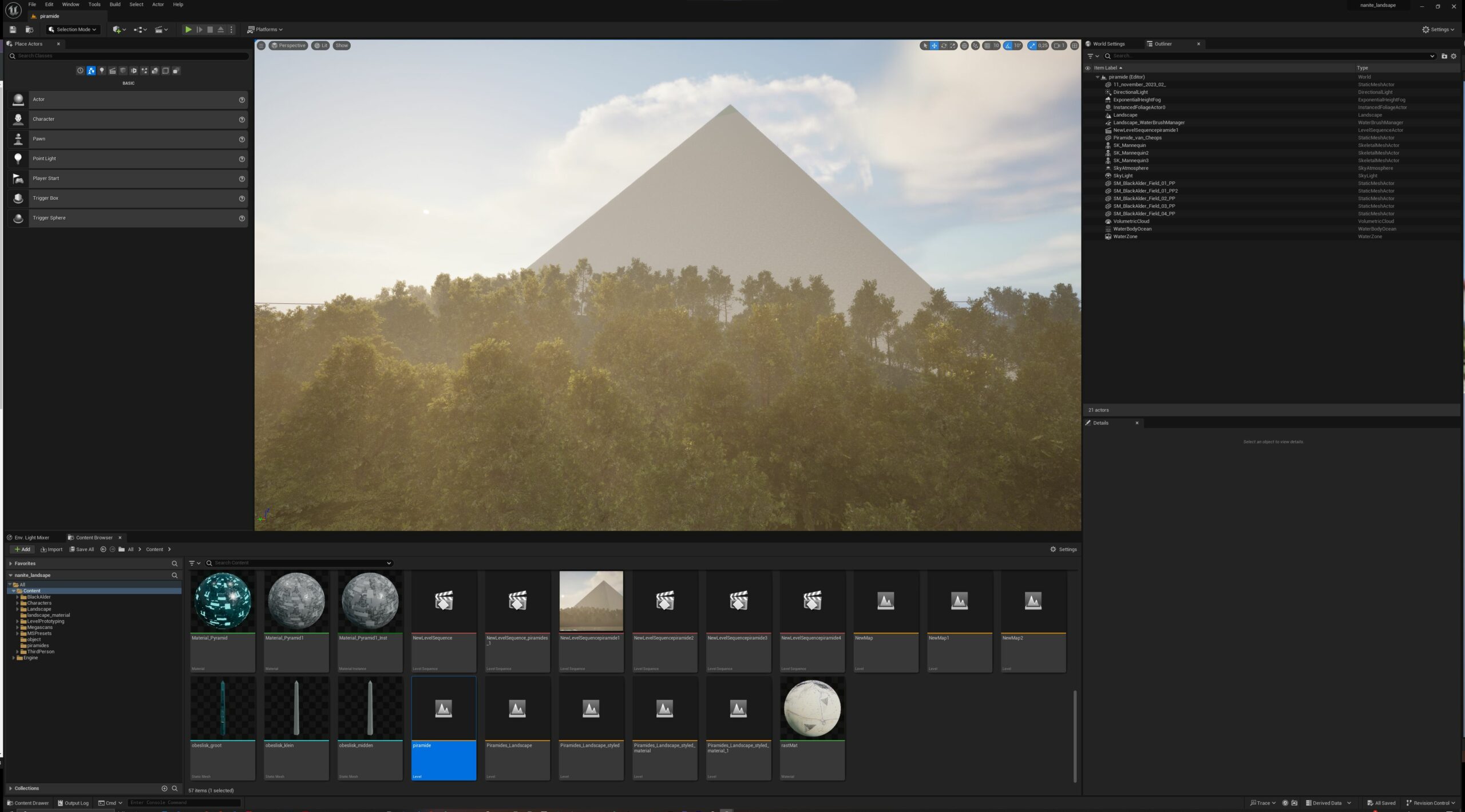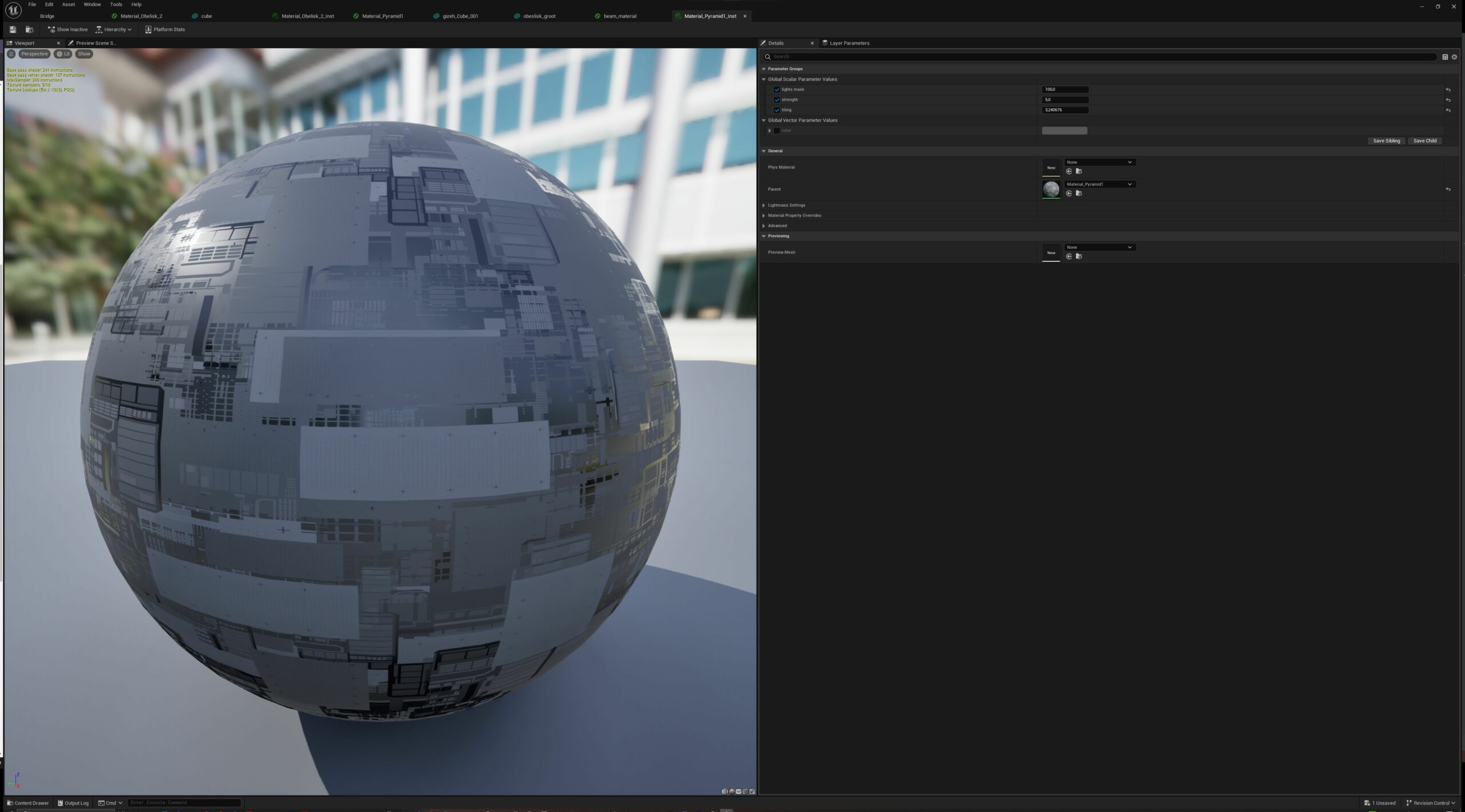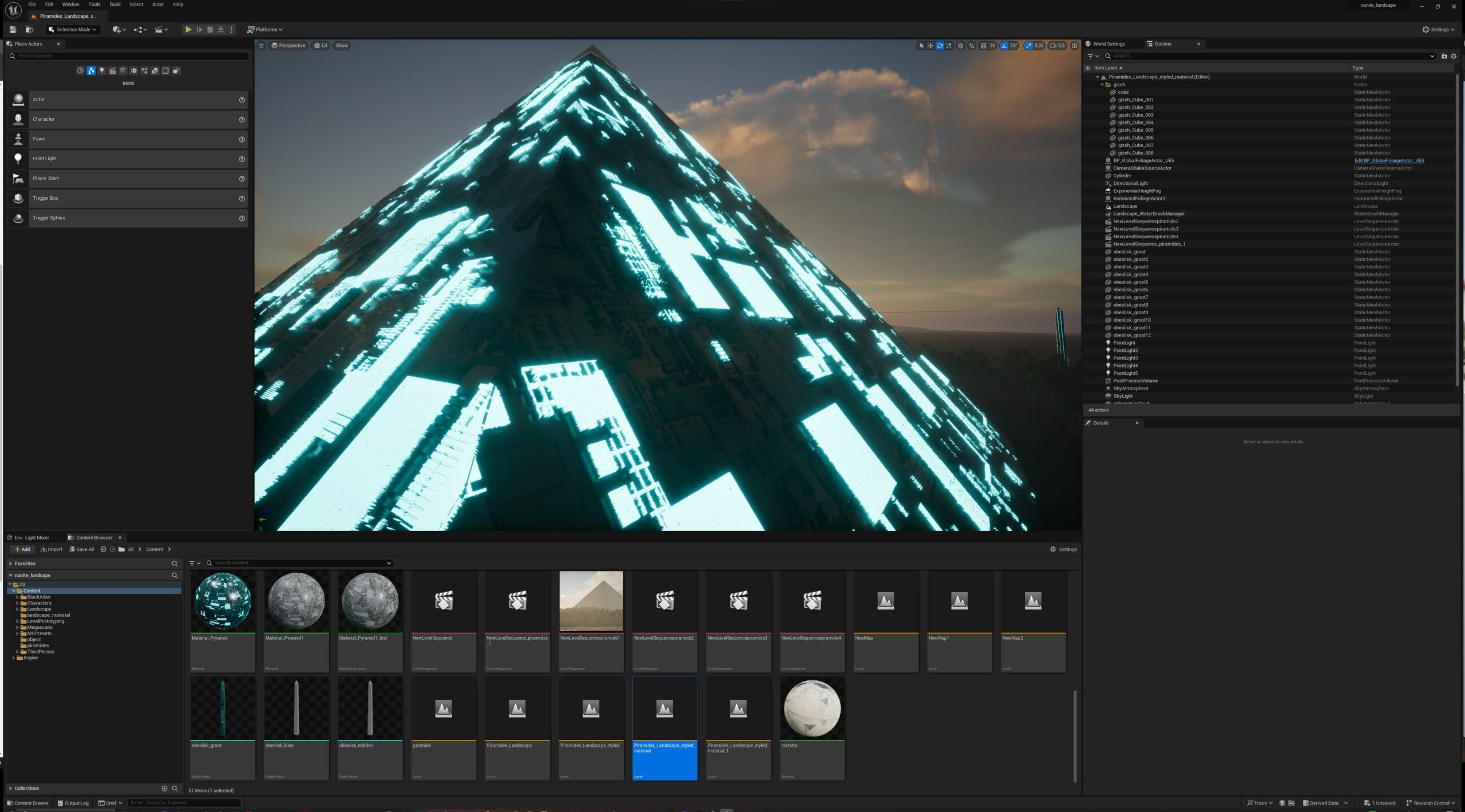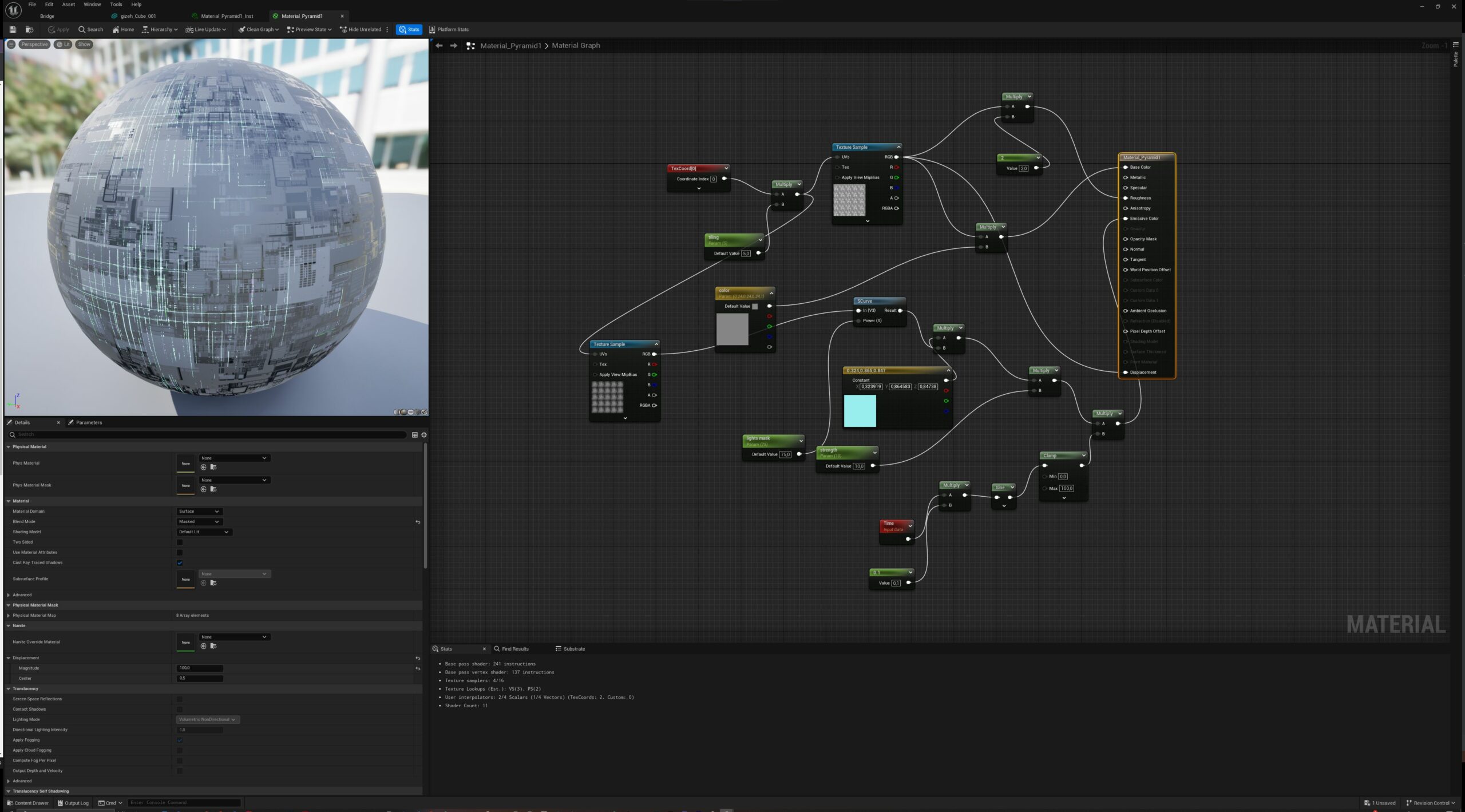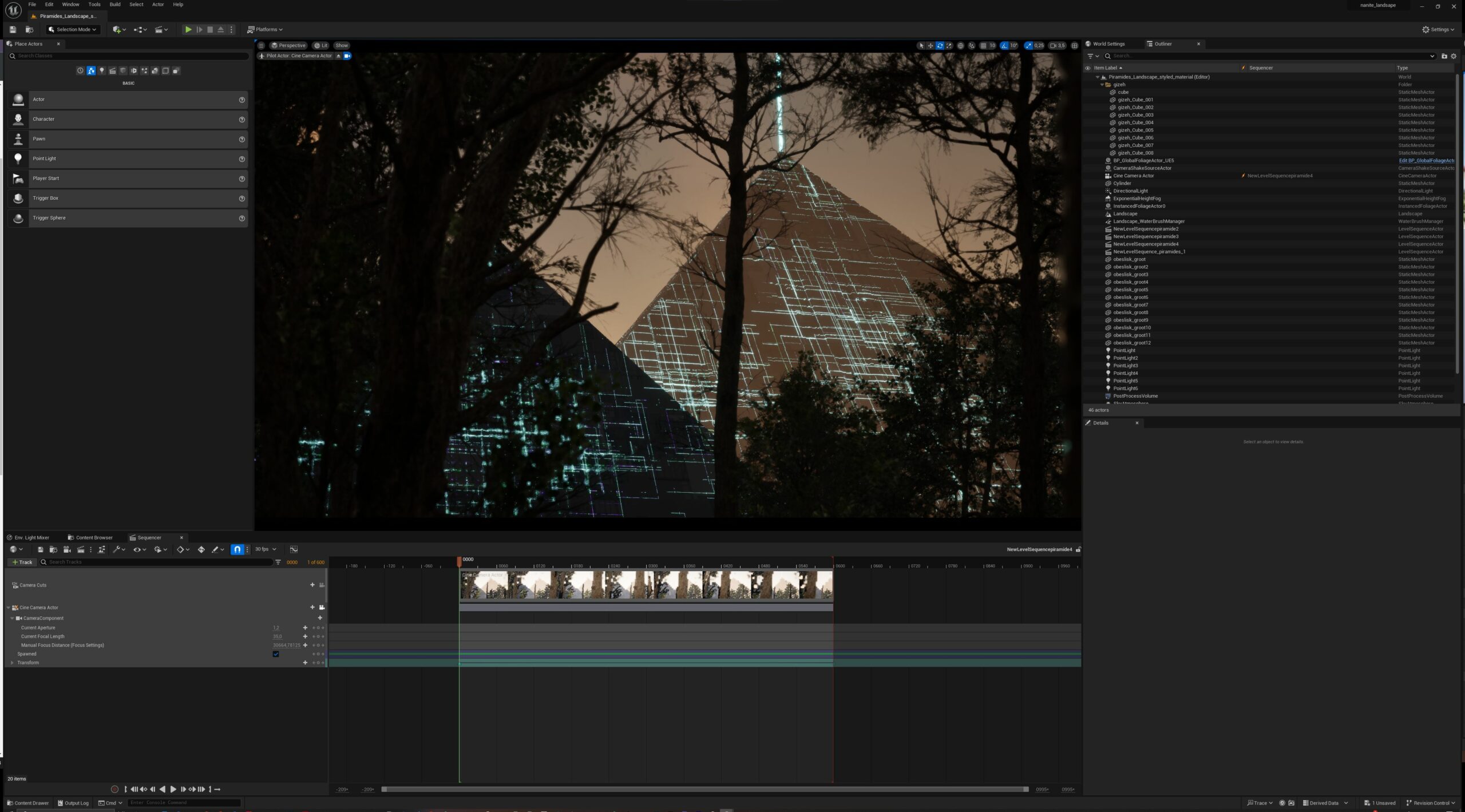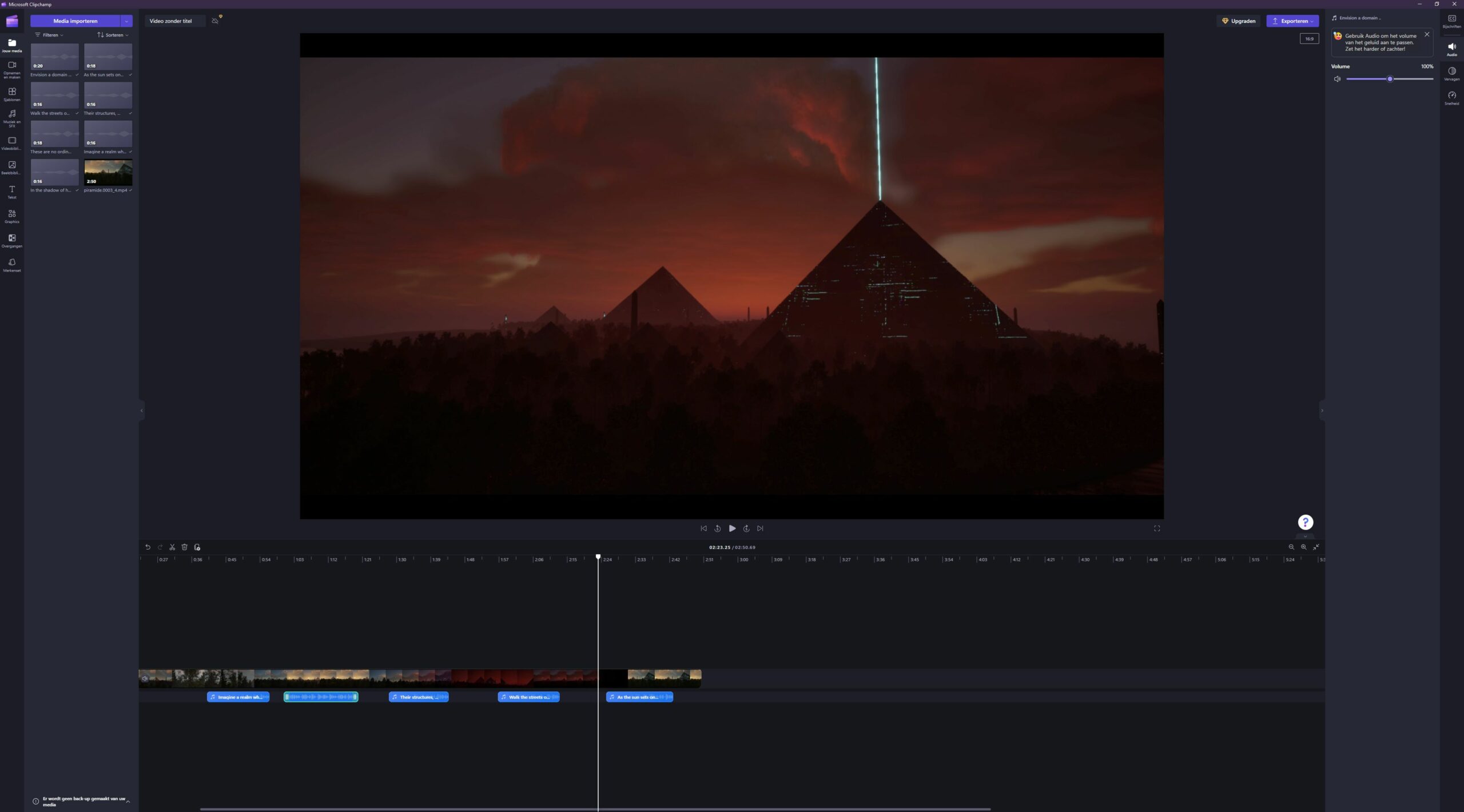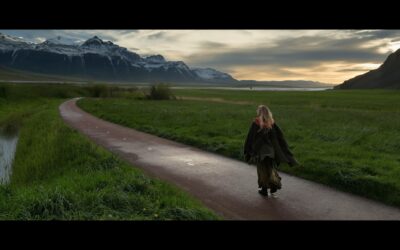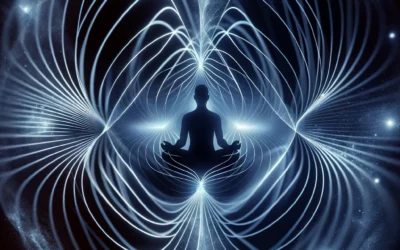Delve into the creative odyssey of envisioning a forgotten epoch. The challenge was to breathe life into a “Lost World” — an endeavor that demanded not just technical skill but an artist’s imagination and a historian’s intrigue. This blog unveils the “Making Of” the entry: a pre-dynastic, technologically advanced Egyptian civilization, inspired by the theories of Christopher Dunn, dating back 30,000 years.
The Spark
The quest began with a conversation with AI, pondering the essence of lost civilizations. Christopher Dunn’s descriptions of a sophisticated Egypt, pre-dating dynastic times, seeded the vision.
The Digital Anvil – GIS and Blender
Then I turned to the modern-day anvil — software and plugins. The GIS Blender plugin allowed us to sculpt the terrain mirroring the Giza Plateau, a canvas for our imagination.
Rising Pyramids – Modeling in Blender
In Blender, I chiseled my digital pyramids, aligning them with the celestial precision rumored to be known to those ancient builders.
The Unreal Canvas – Exporting to Unreal Engine 5.3.1
My creation was then exported as FBX into the vastness of Unreal Engine 5.3.1, where it gained texture, light, and shadows — elements that anchor the ethereal to reality.
Landscaping in Unreal – Reviving an Ancient Ecosystem
After establishing my digital foundation in Unreal Engine 5.3.1, I embarked on an ecological resurrection. Archaeological insights tell us that millennia ago, the Nile’s embrace reached the very edges of the Giza Plateau, nurturing a landscape lush with verdant life. I infused my digital realm with water and vegetation, meticulously crafting a vivid tableau of ancient Egypt’s forgotten greenery. Experimentation with lighting played a pivotal role, allowing me to simulate the warm glow of a sun that once witnessed the zenith of an advanced civilization.
Texturing the Monoliths – Illuminating the Past
The pyramids, our cenotaphs of history, were next to receive my digital artistry. Utilizing heightmaps.
Emission masking techniques allowed me to suggest an inner glow, hinting at a possible energy source or otherworldly technology. Translucency was key in creating a mystical aura around these ancient wonders, blurring the lines between the tangible and the imagined.
Orchestrating the Scenes – The Video Sequencer’s Tale
With the stage set and the actors dressed, it was time to direct the narrative. Unreal’s video sequencer became a tool of choice, enabling me to weave together various scenes into a coherent story. First I experimented with diffrent scenes.
Synthesizing Narration – The Voice of History
With the visual symphony at play, the next step was to breathe life into the narrative with a voice that could carry the weight of millennia. Through Clipchamp’s text-to-speech capabilities, I crafted a voice-over that embodied the essence of our ancient world. The script, a creation in collaboration with the AI of Chat GPT, was designed to stir the soul, to resonate with the echoes of a civilization both grand and enigmatic.
The Final Tapestry – Adobe Premiere Pro
With the scenes meticulously sequenced and the narration imbued with the spirit of history, I’ve turned to Adobe Premiere Pro for the final act of creation. Here, I stitched together the threads of our story, infusing the tapestry with a musical score that speaks to the heart of the viewer. It was in this crucible of creativity that our “Lost World” found its rhythm, its pulse, a harmony of sight, sound, and story that transcends the bounds of time.
Revealing My Craft – The Challenge Submission
The time has come. After a final review, the video is complete, a digital tapestry woven from threads of ancient myths and modern technology. My submission for the VFX Challenge “Lost Worlds” goes beyond mere competition; it is an odyssey into the heart of a civilization that breathes once more through the power of visual storytelling.
Christopher Dunn’s work
Christopher Dunn’s work posits that the ancient Egyptians were far more technologically advanced than traditionally thought. In his book “The Giza Power Plant: Technologies of Ancient Egypt,” he suggests that the Great Pyramid was a machine designed to generate energy, harmonically connecting with the Earth and its inhabitants. Dunn’s research, which spans over three decades and includes detailed analysis of Egyptian monuments, posits the use of sophisticated tools and techniques, including mega-machines, that modern engineering struggles to replicate.
Dunn hypothesizes that the pyramids, through their design and construction, harnessed the Earth’s vibrational energies to produce microwave radiation, a concept reminiscent of technologies associated with Nikola Tesla. He presents new evidence that these structures could have been energy-harvesting machines, drawing parallels between the pyramids’ functions and the modern understanding of seismic energy and earthquake lights.
Through his books and extensive research, Dunn has challenged conventional historical narratives, presenting a view of pre-dynastic Egypt as a civilization with advanced engineering knowledge and capabilities.
Source: gizapower.com/gizeh

